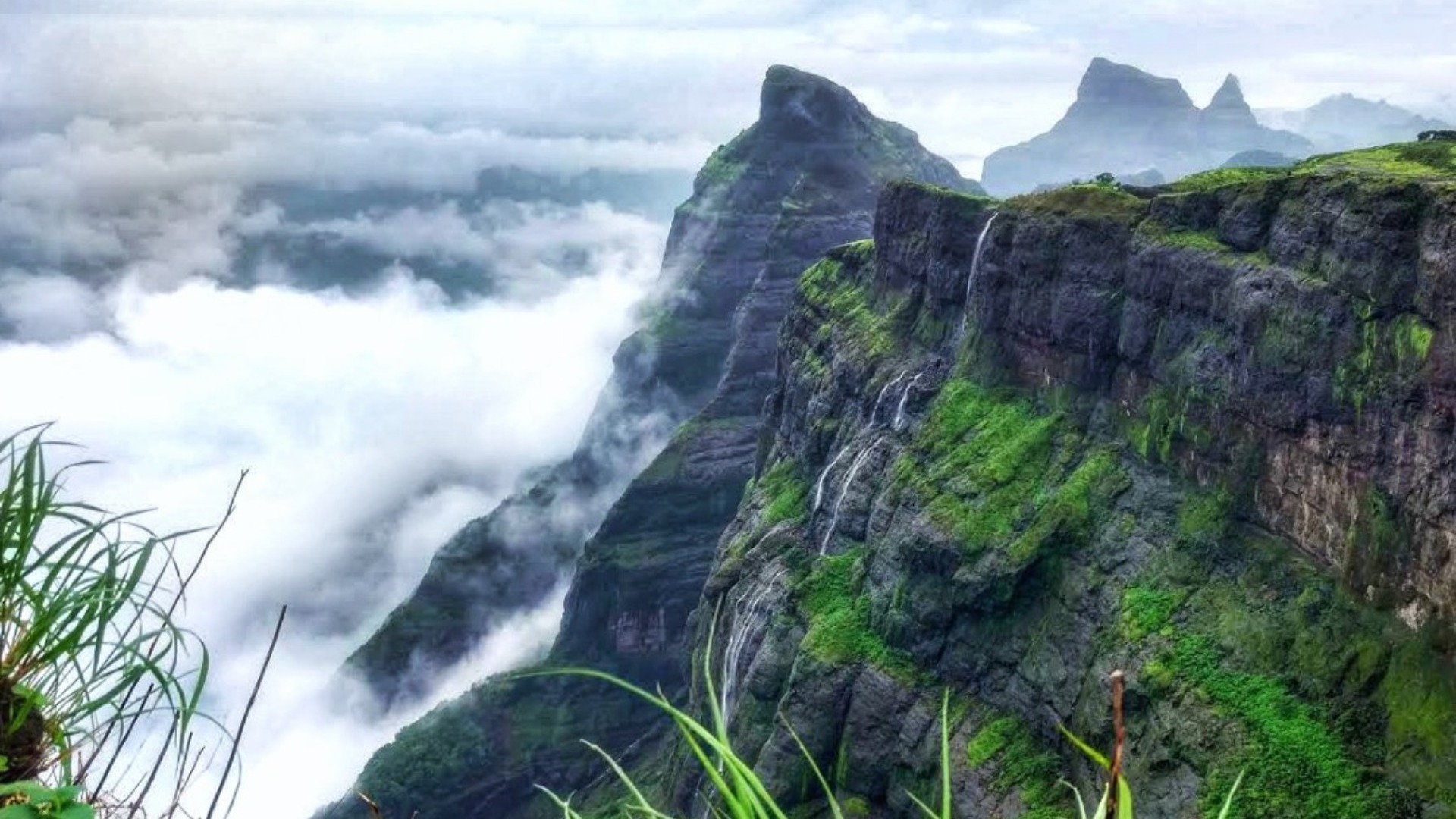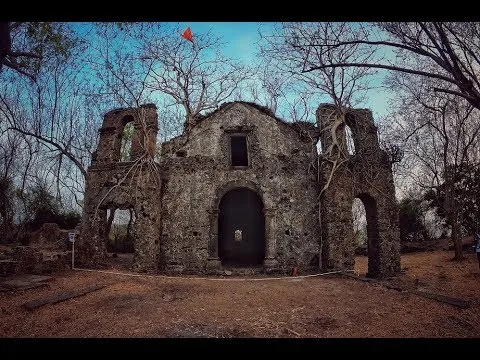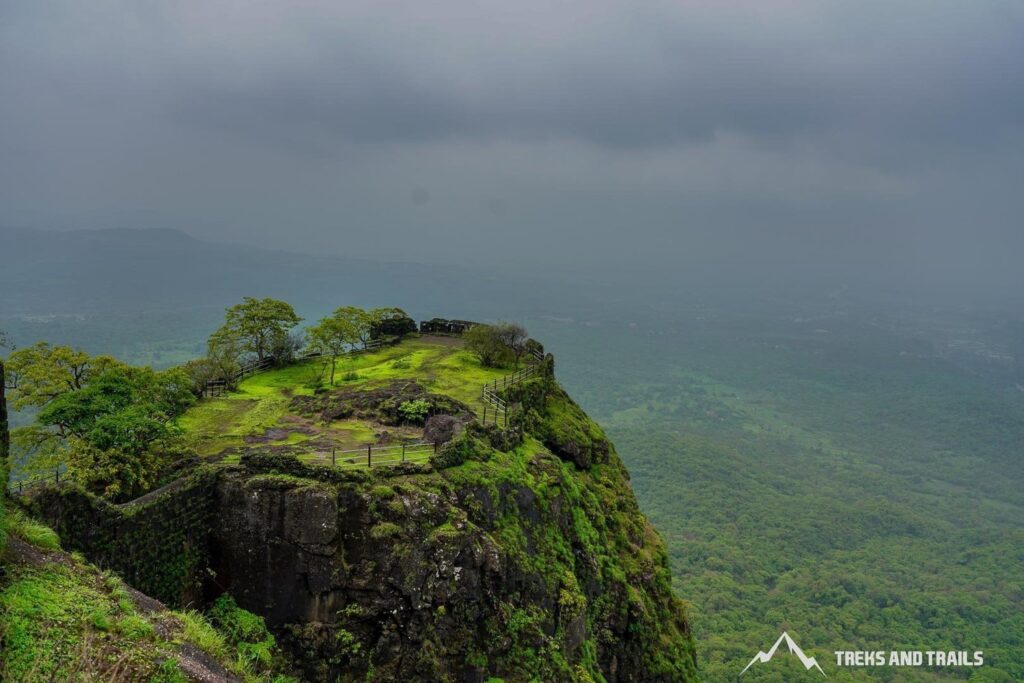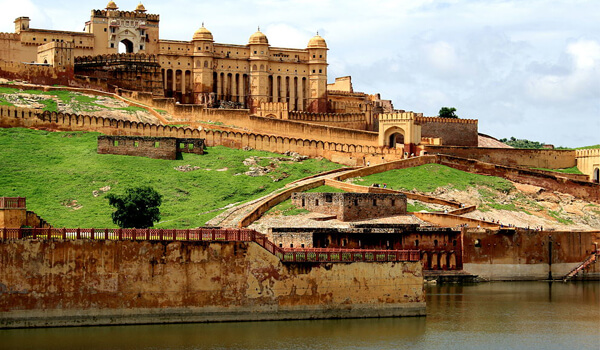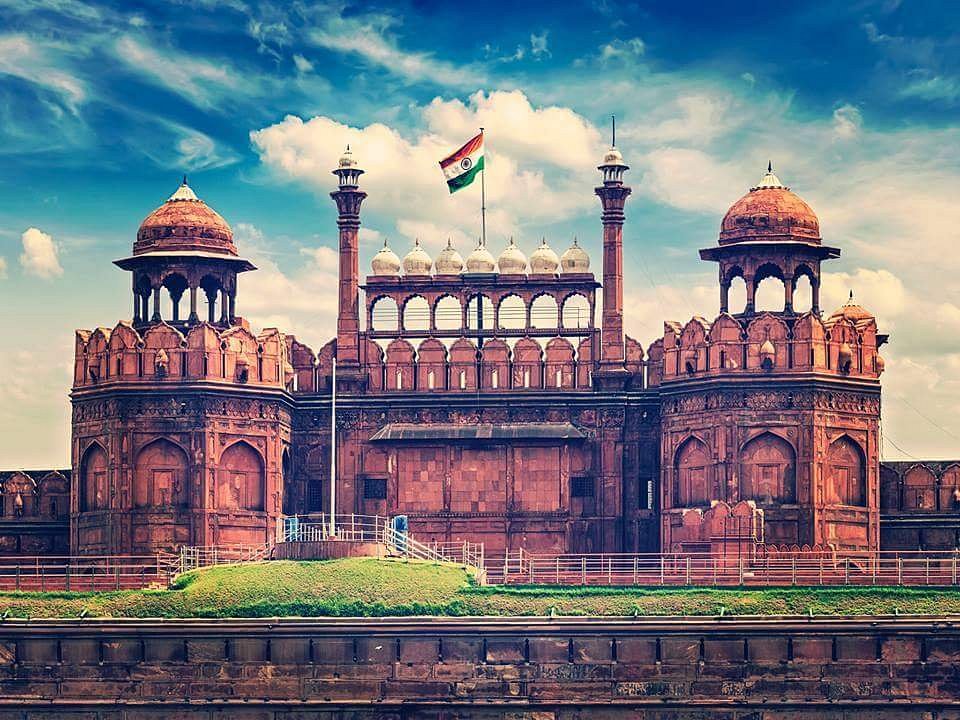Introduction: Nestled amidst the rugged landscapes of the Western Ghats in Maharashtra, India, Harishchandragad Fort stands as a testament to the region’s rich history and cultural heritage. Perched atop a hill at an altitude of 1,424 meters, this ancient fortress has witnessed centuries of tumultuous events, from battles and conquests to moments of peace and tranquility. In this narrative exploration, we embark on a journey through time to uncover the captivating history of Harishchandragad Fort, tracing its evolution from a strategic stronghold to a cherished symbol of Maharashtra’s heritage.
Ancient Origins and Early Settlements: The origins of Harishchandragad Fort can be traced back to ancient times when the Western Ghats served as a vital corridor for trade, commerce, and cultural exchange. Archaeological evidence suggests that the region surrounding the fort was inhabited as early as the 6th century BCE, with evidence of human settlements and agricultural activities dating back to the Iron Age.
The strategic location of Harishchandragad, overlooking the Konkan plains and the Tapi River basin, made it an ideal site for fortification and defense. The earliest known fortifications on the hill date back to the 6th century CE, during the reign of the Kalachuri dynasty. Over the centuries, successive dynasties, including the Yadavas, Bahamanis, and Marathas, played a pivotal role in shaping the fort’s architectural landscape and military significance.
Medieval Glory and Maratha Rule: Harishchandragad Fort reached the zenith of its prominence during the medieval period, particularly under the rule of the Maratha Empire. In the 16th century, the fort came under the control of the Ahmadnagar Sultanate, a prominent regional power in Deccan India. However, it was the Marathas, under the leadership of Chhatrapati Shivaji Maharaj, who left an indelible mark on the fort’s history.
Shivaji Maharaj, the legendary Maratha warrior-king, recognized the strategic importance of Harishchandragad as a key outpost in the Sahyadri mountain range. He ordered extensive renovations and fortifications to strengthen its defenses and enhance its strategic value. The fort served as a crucial bastion in Shivaji’s campaign to resist Mughal expansion and safeguard the interests of the Maratha kingdom.
Under Maratha rule, Harishchandragad flourished as a center of military, political, and cultural activity. The fort’s imposing ramparts, intricate architecture, and strategic vantage points made it a formidable stronghold against enemy incursions. It also served as a hub for trade, agriculture, and artisanal activities, fostering a vibrant ecosystem of commerce and craftsmanship within its precincts.
Cultural Legacy and Architectural Marvels: Beyond its military significance, Harishchandragad Fort is renowned for its architectural splendor and cultural heritage. The fort’s sprawling complex comprises a myriad of structures, including bastions, temples, reservoirs, and caves, each bearing testimony to the ingenuity and craftsmanship of its builders.
One of the most iconic features of Harishchandragad is the Konkan Kada, a sheer cliff face that offers breathtaking panoramic views of the surrounding valleys and peaks. This natural amphitheater, carved by the forces of erosion over millions of years, has become a popular destination for trekkers, nature enthusiasts, and adventure seekers.
The fort is also home to several ancient temples and shrines dedicated to Hindu deities such as Lord Shiva, Vishnu, and Kali. The Kedareshwar temple, nestled within a cave on the fort’s premises, is particularly revered by pilgrims and devotees who flock to seek blessings and spiritual solace.
Harishchandragad’s architectural marvels extend beyond its fortifications to include ancient water cisterns, rock-cut caves, and stepped wells. These engineering marvels, constructed centuries ago, stand as a testament to the ingenuity and resourcefulness of the fort’s builders, who ingeniously utilized natural resources to meet the needs of the fortress’s inhabitants.
Colonial Encounters and Modern Preservation Efforts: In the 18th century, Harishchandragad Fort witnessed a series of conflicts and power struggles as the Maratha Empire faced encroachments from European colonial powers. The fort briefly fell into the hands of the British East India Company during the Anglo-Maratha Wars, but it continued to serve as a symbol of Maratha resistance and resilience.
Following India’s independence in 1947, Harishchandragad Fort came under the jurisdiction of the Maharashtra state government, which recognized its historical and cultural significance. Efforts were initiated to preserve and protect the fort’s architectural heritage, including restoration projects, archaeological surveys, and tourism development initiatives.
Today, Harishchandragad Fort stands as a popular tourist destination and pilgrimage site, attracting visitors from across India and around the world. Trekking enthusiasts flock to its slopes to experience the thrill of adventure and explore its ancient ruins, while history buffs and cultural aficionados marvel at its architectural splendor and historical legacy.
Conclusion: The history of Harishchandragad Fort is a tapestry woven with threads of valor, heritage, and cultural richness. From its ancient origins to its medieval glory and modern-day significance, the fort has witnessed the ebb and flow of centuries, leaving an indelible mark on the landscape of Maharashtra’s history. As a symbol of resilience and endurance, Harishchandragad continues to inspire awe and admiration, beckoning travelers to explore its storied past and embrace its timeless beauty.

